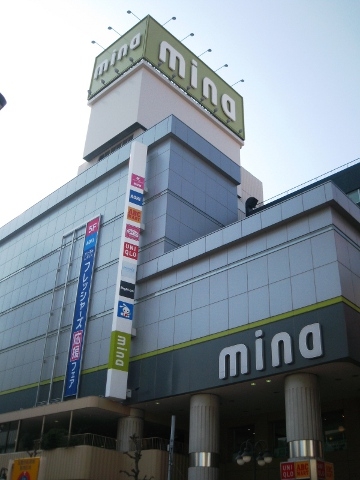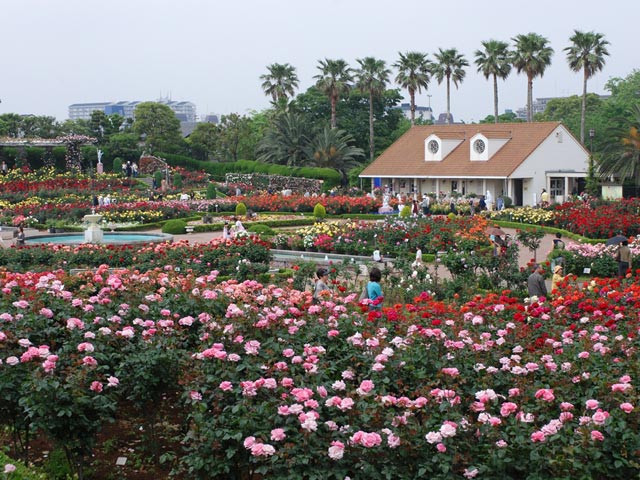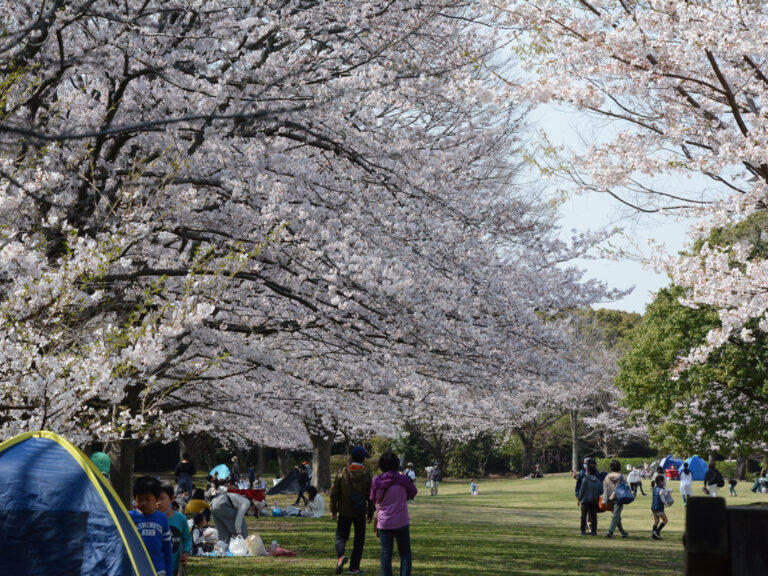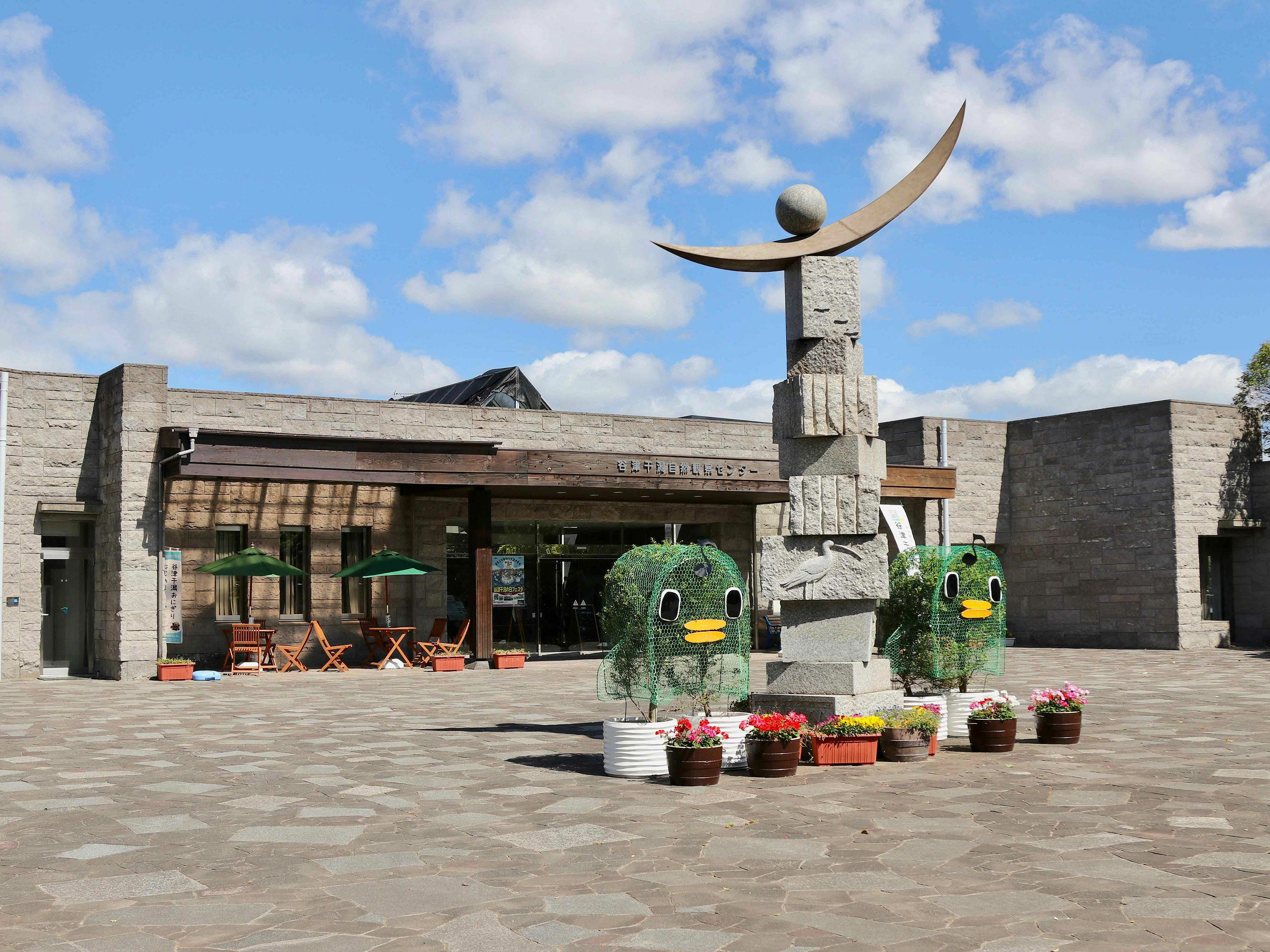
Exterior of Yatsu Tidal Flat Nature Observation Center
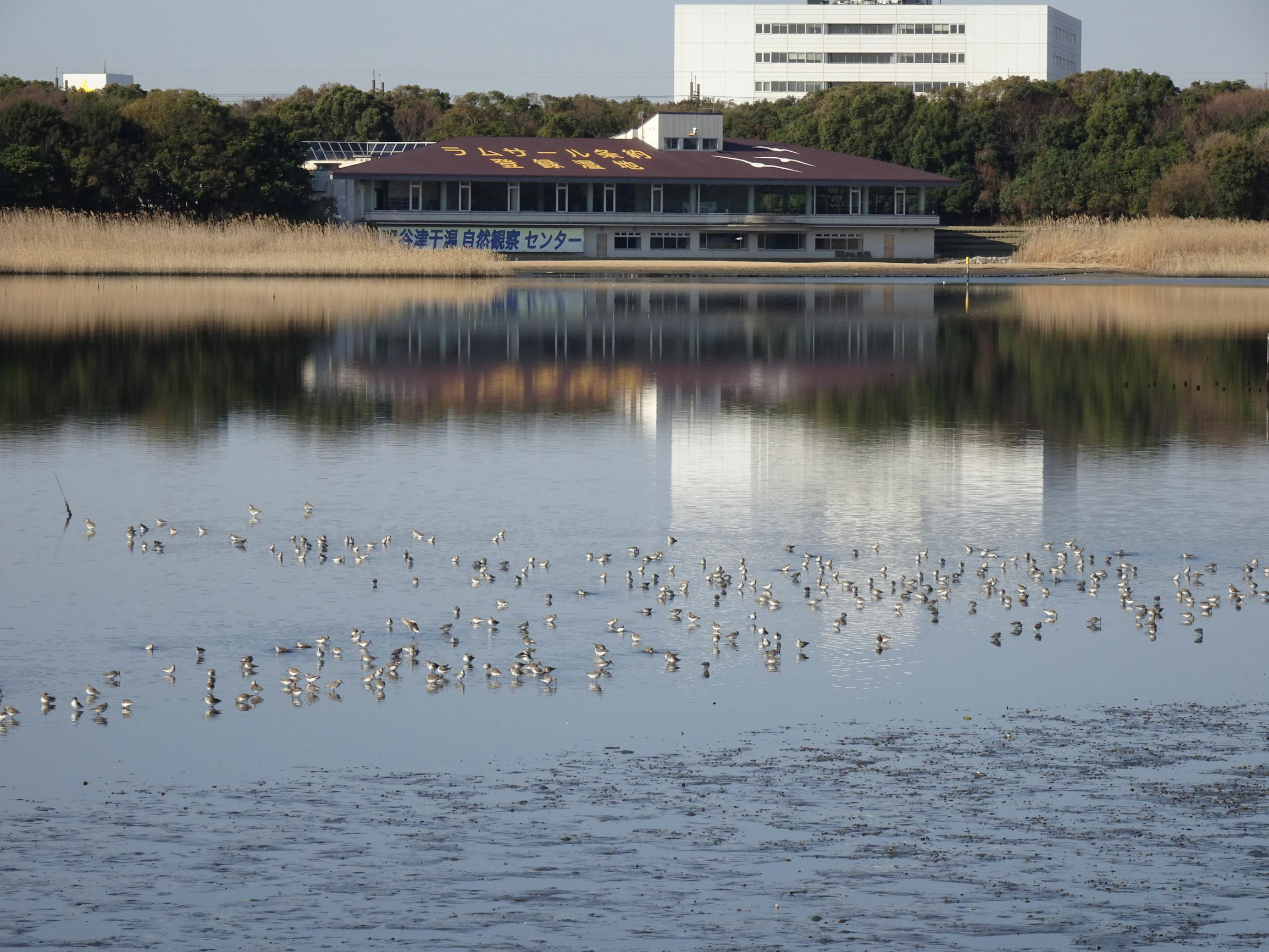
Yatsu Tidal Flat and Observation Center
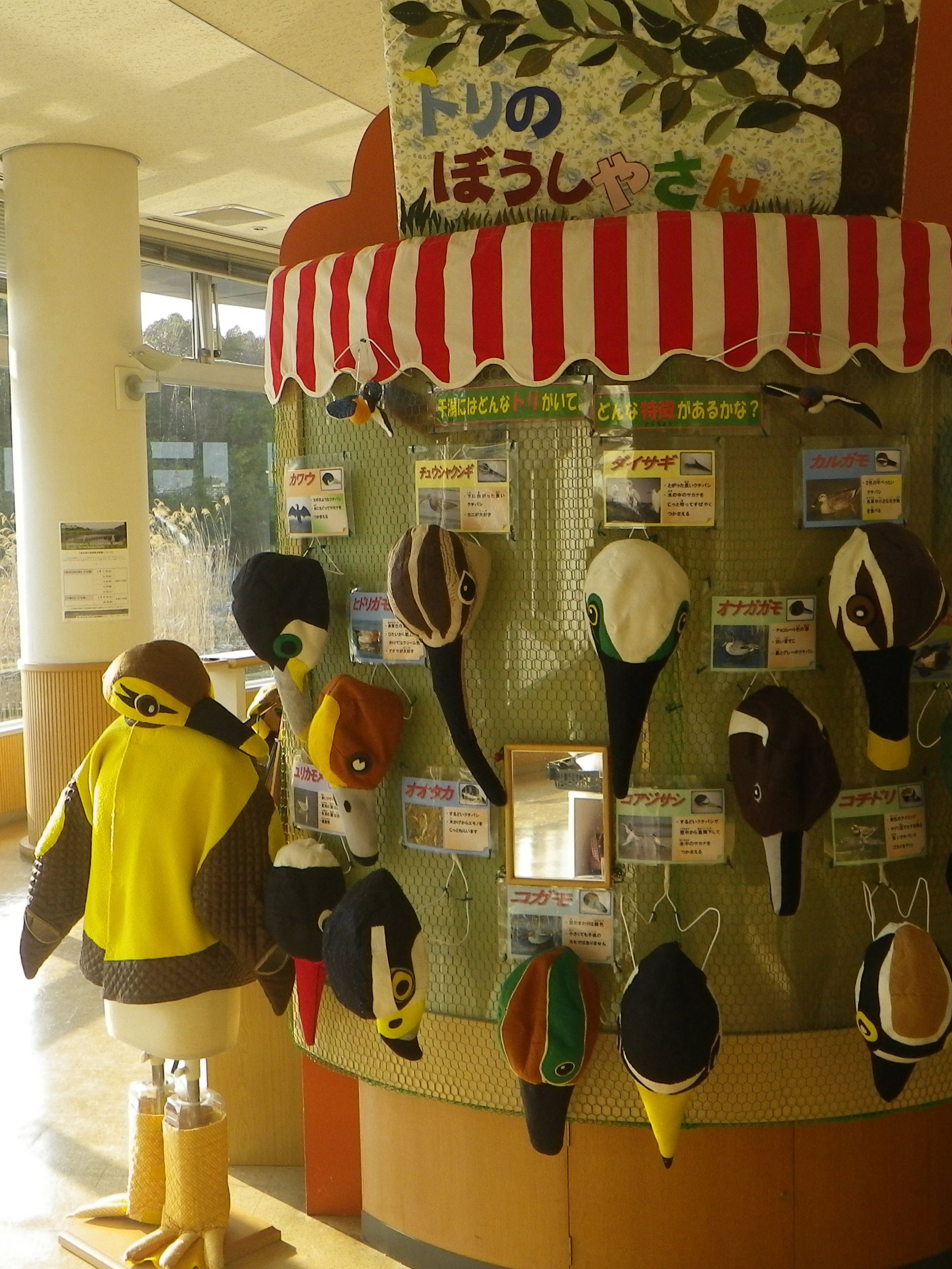
Handmade Bird Hat, Kids Corner

Mini-observation session guided by rangers

Observation by Ranger

A bird seen from the scope of the property (Great sandbird)
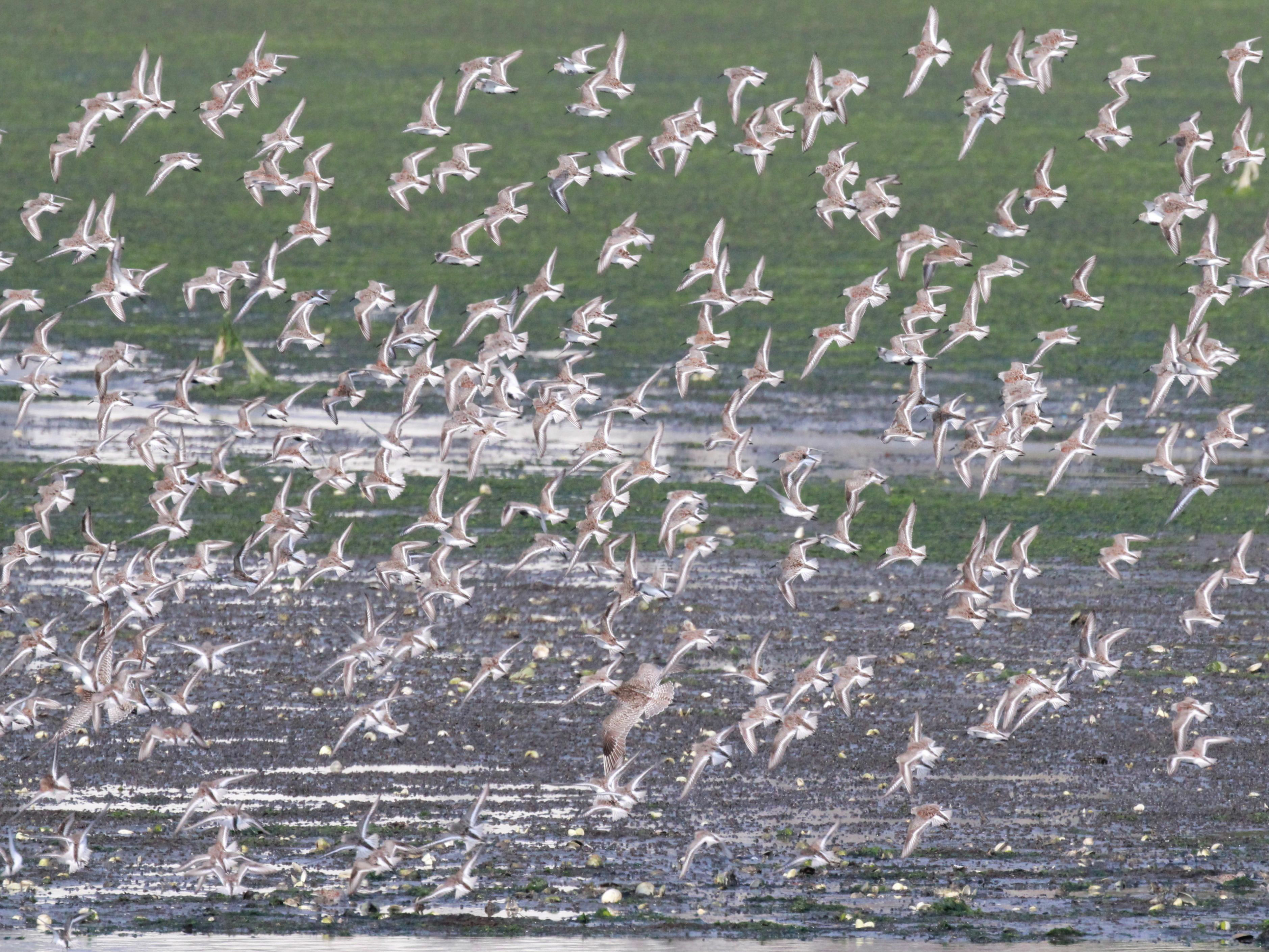
Herd of sandpiper

Kingfisher came before the observation center

Goshawk to hunt

Culugamo parent and child walking on Yatsu mudflats

Enaga Came to Yatsu Tidal Flat Park
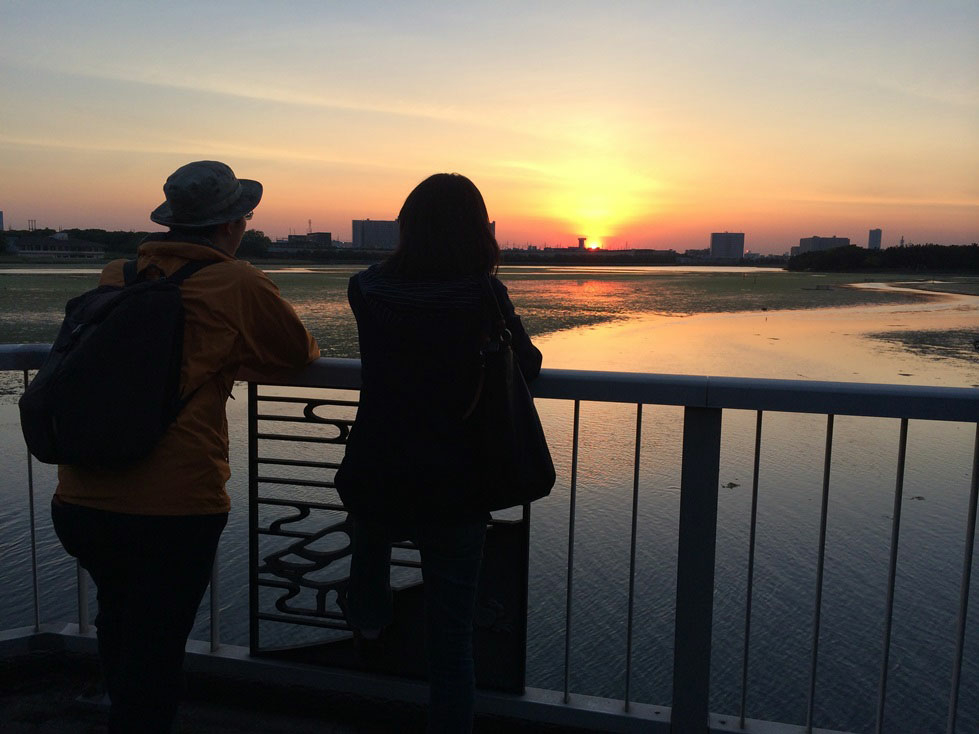
Sunset seen from Yatsu Tidal Flat promenade
The information provided reflects the details available at the time of the survey.
Please note that facility details may change due to the facility’s circumstances, so please check for the latest information before visiting.
This content has been translated using machine translation.
Information provided by: JTB Publishing
The content uses an automatic translation service, which is not always accurate.
The translated content may be different from the original meaning, so please understand and use it.

